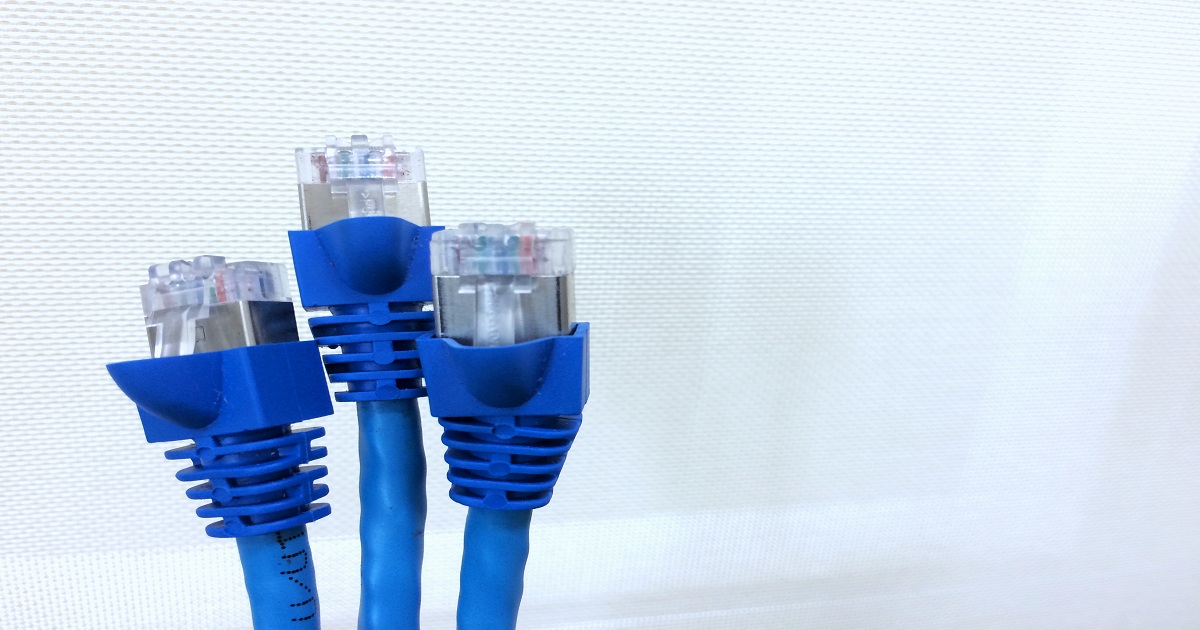
RCRWireless News | November 27, 2018
Although 5G is the leading the current telecoms hype cycle, it’s important to remember that Wi-Fi continues to be advanced in parallel with the latest iteration, based on the IEEE 802.11ax standard and branded as Wi-Fi 6, poised for significant near-term market adoption, according to a new report from ABI Research. Wi-FI is designed for dense deployment scenarios–like a stadium or transportation hub–as well as IoT implementations; it features uplink and downlink OFDMA, 8×8 multi-user MIMO and 1024 QAM. As it relates to 5G, ABI Research doesn’t see compatible smartphone shipments breaking the 1 billion per year mark for another six years despite commercial activations planned for as early as the end of this year. On the other hand, the market advisory firm sees smartphone support for Wi-Fi 6 beginning next year. While the latest Wi-Fi standard has a little more tweaking before it’s finalized, vendors including Qualcomm, Broadcom, Marvell, Intel and others have pre-standard chipsets in-market. ABI Senior Analyst Andrew Zigani highlighted the factors that will prompt Wi-Fi 6 adoption: “Enormous growth in Wi-Fi-enabled devices, increased per-user traffic demand, greater number of users per access point, increased cellular offloading, higher densify Wi-Fi deployments, growing use of outdoor Wi-Fi, heterogeneous devices and traffic types, and a desire for more power and spectral efficiency are all major driving forces behind 802.11ax’s introduction. As a result, Wi-Fi 6 is already seeing strong traction in networking and enterprise applications due to its ability to enhance performance in dense environments.”
Read More

eWeek | August 30, 2018
This could be the start of a trend that may accelerate in the 5G era, as the symmetrical distribution of wireless connectivity becomes key to delivering cognitive smart office and home experiences. Qualcomm and Netgear on Aug. 30 introduced a new voice-activated smart-speaker device, called Netgear Orbi Voice, that is similar to Alexa, Siri and Google in that it understands speech and can carry out requests. But there’s a big difference: This one is part of a Wi-Fi mesh network that actually strengthens itself and becomes more powerful as new plugged-in devices are connected to it. This is an example of the “network effect” as was originally intended; the more power that’s in the network, the stronger the network connections are supposed to become. Netgear Orbi Voice is built on the Qualcomm Mesh Networking platform and features home or office Wi-Fi coverage of up to 4,500 square feet. Wi-Fi dead spots do not exist in the network. This smart speaker features high-end audio by Harman Kardon and built-in Amazon voice-assistant capability, which makes it intuitive for controlling connected gadgets, queueing up music, checking traffic or weather, or buying something--all using voice command.
Read More

RCRWireless News | August 13, 2018
For consumers, Wi-Fi dead zones can be the cause of frustration and decreased productivity. To improve coverage, facilitated internet of things (IoT) implementations and create new band and equipment interoperability opportunities, the Wi-Fi Alliance has developed a new mesh network standard designed to improve Wi-Fi coverage. The Wi-Fi EasyMesh standard is geared toward deployments with multiple access points, which are autonomously managed to be self-organizing and adaptable. Depending on the needs of a particular device that hits the network, EasyMesh connects to the device to the optimal access point. Wi-Fi analyst Adlane Fellah of Maraverdis said EasyMesh will better “enable residential IoT and the connected smart home…EasyMesh delivers a better residential Wi-Fi user experience and a standardized approach further expands an existing market and drives great innovation among product vendors.” Speaking of products, on Aug. 9 Arris announced the first EasyMesh certified product in the VAP464, which is based on the wave 2 802.11ac Wi-Fi standard. “Our home Wi-Fi vision is to provide ubiquitous coverage from a single network,” Larry Robinson, president, of Arris’ Customer Premises Equipment group, said. “We’re proud to continue our contributions to the Wi-Fi Alliance’s multi-AP specifications and Wi-Fi EasyMesh program to help service providers bring new innovations…to consumers.
Read More